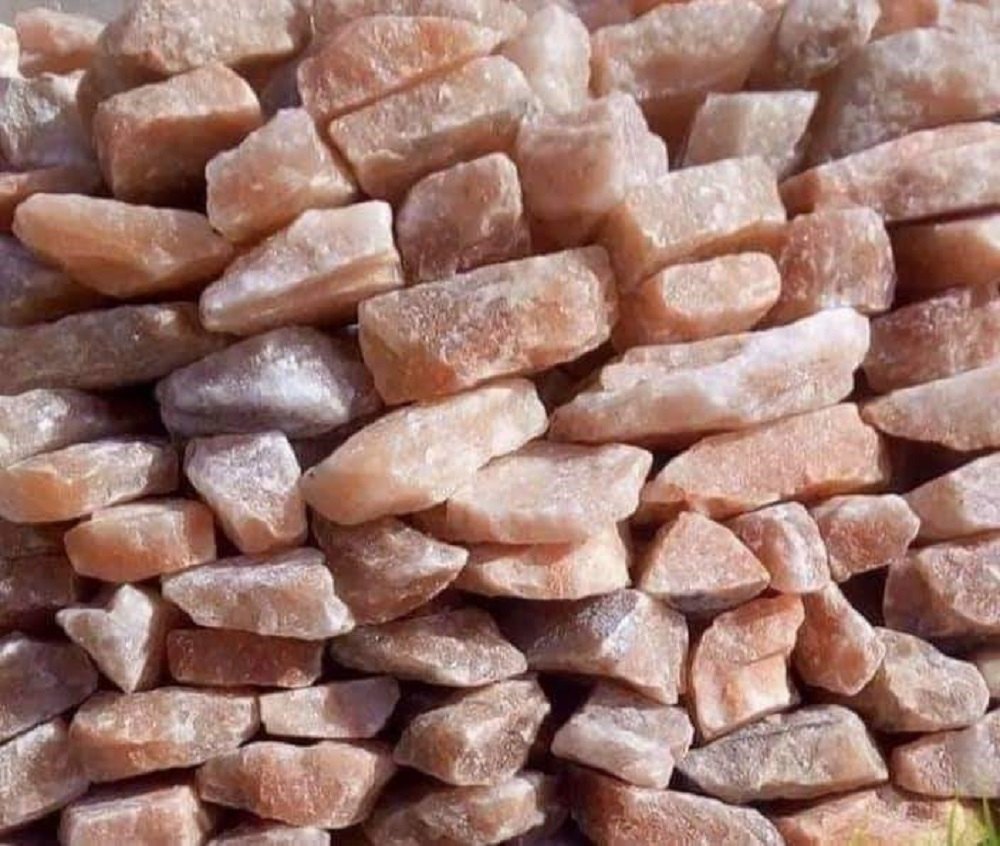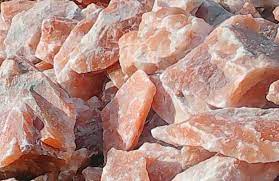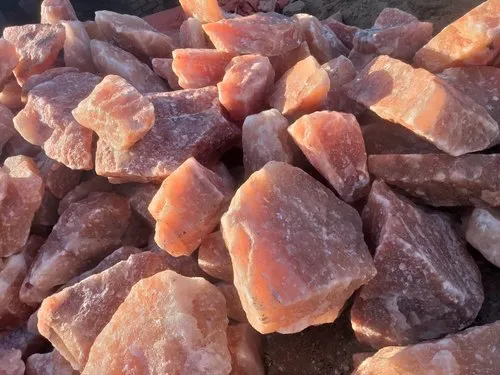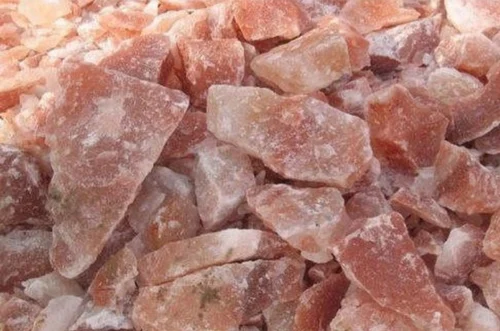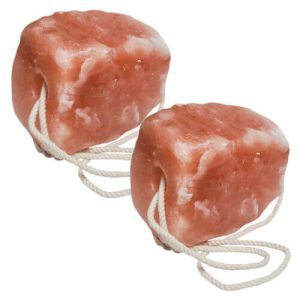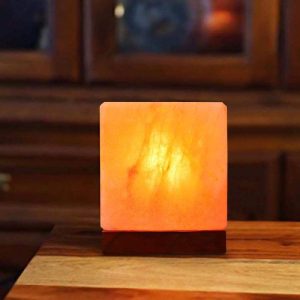Natural Pink Himaliyan Salt
It’s worth noting that while pink Himalayan salt is popular for its unique color and potential trace mineral content, its use in culinary applications is primarily for its aesthetic and flavor properties. If you have specific health concerns or dietary restrictions, it’s advisable to consult with a healthcare professional or registered dietitian for personalized guidance on salt consumption.
Description
- Pink Himalayan salt, often referred to as Himalayan pink salt, is a type of salt that is mined from the Salt Range mountains in the Punjab region of Pakistan, near the Himalayas. It is named for its distinctive pink color, which is due to the presence of trace minerals, primarily iron oxide. Here are some details about the raw material and characteristics of pink Himalayan salt:
- Source: Pink Himalayan salt is primarily sourced from salt mines in the Khewra Salt Mine in Pakistan, one of the largest salt mines in the world. It is extracted from ancient underground salt deposits.
- Composition: Pink Himalayan salt is primarily composed of sodium chloride (table salt), but it also contains various trace minerals and elements. These minerals are responsible for its pink color and are believed by some to contribute to its potential health benefits. Some of the minerals found in pink Himalayan salt include calcium, potassium, magnesium, and iron.
- Color: The pink color of Himalayan salt is attributed to the presence of iron oxide (rust). The exact shade of pink can vary, ranging from pale pink to a deeper reddish or orange-pink hue.
- Flavor: Pink Himalayan salt is often described as having a slightly different flavor compared to regular table salt. Some people claim it has a milder, less harsh taste, while others may not notice a significant difference.

